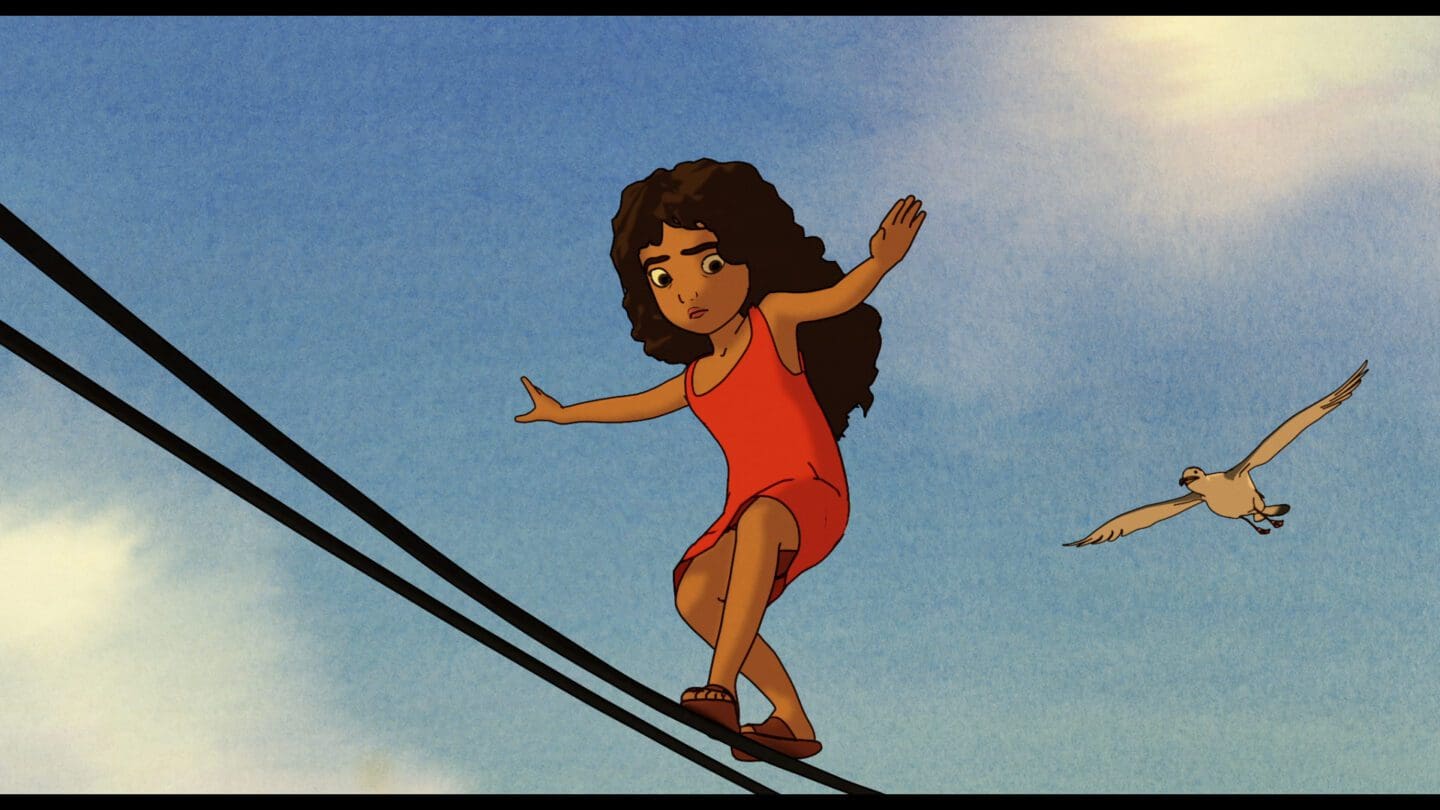Khalil Gibran’s The Prophet Curriculum Guide
Kahlil Gibran’s timeless prose has been given enchanting new form in this breathtaking animated adventure about freedom and the power of human expression.
— Kahlil GibranIf [the teacher] is indeed wise he does not bid you enter the house of his wisdom, but rather leads you to the threshold of your own mind.
These words, from a poem by Kahlil Gibran called “On Teaching,” exhort teachers to practice humility and challenge us: How do we lead our students to the thresholds of their own minds? This curriculum guide will help you achieve that goal by introducing lessons that encourage both critical thinking and creativity.
Kahlil Gibran’s The Prophet is a film that appeals to students of all ages. The lessons in this guide will help you to use the film in the classroom to further your curricular goals. They have been developed by experienced classroom teachers and are aligned with Common Core State Standards. The lessons may be taught as a unit, or individual lessons may be used independently.
The opening lesson introduces students to Kahlil Gibran’s life and philosophy. As a Lebanese-born adolescent, he moved to the United States, where he first learned English. He returned to his native land for Arabic studies and, finally, continued his artistic education in Paris, becoming a true cosmopolitan figure. Gibran’s 1923 book, The Prophet, universally known and loved, has sold more than 100 million copies and has been translated into more than 50 languages.
The eight shorter English language arts lessons focus on the poems and dreamlike animation sequences embedded in the story of Almitra and the poet Mustafa. Each lesson is designed in three parts, so that students can analyze the poem, review important terms for the study of poetry, and produce their own creative writing. The content and objectives of each lesson determine the order in which these three parts are presented.
Finally, there is a film literacy lesson that teaches students to look at not just a film’s message, but also how it conveys its message. Students learn to use a contemporary film vocabulary that is more usually applied to live-action films, as a way of analyzing directorial choices in animation.
